
When I first heard the term chronic low-level inflammation, I pictured a slow-burning fire inside my body. As someone who’s lived with immune thrombocytopenia (ITP), I knew inflammation wasn’t just about swollen joints or red skin—it was a silent storm messing with my platelets. But how exactly does this connect to ITP? And more importantly, could I do anything about it?
What’s the Big Deal About Inflammation?
Inflammation is your body’s “911” response to threats like infections or injuries. But when it becomes chronic—think of it as a fire that never fully goes out—it can backfire. For ITP warriors, this low-grade inflammation might fuel the immune system’s overactive platelet destruction. Research shows ITP patients often have higher levels of pro-inflammatory cytokines and lower anti-inflammatory ones. Cytokines are are proteins that act as messengers between cells, helping your immune system respond to threats and control inflammation. It’s like a seesaw: too much “attack” and not enough “calm down.”
How Does This Affect ITP?
Studies suggest chronic inflammation disrupts the balance of immune cells. For example, Th1 and Th17 cells (pro-inflammatory) ramp up, while Treg cells (anti-inflammatory) drop. This imbalance can keep platelet destruction in overdrive. Although there are pharmaceutical options that can be helpful in this situation, my personal preference is to make small lifestyle changes that can reduce inflammation and bring the body back into balance naturally.
Studies suggest chronic inflammation disrupts the balance of immune cells. For example, Th1 and Th17 cells (pro-inflammatory) ramp up, while Treg cells (anti-inflammatory) drop. This imbalance can keep platelet destruction in overdrive. Although there are pharmaceutical options that can be helpful in this situation, my personal preference is to make small lifestyle changes that can reduce inflammation and bring the body back into balance naturally.
Practical Steps to Tame the Flame
- Eat to Soothe, Not Irritate
Focus on anti-inflammatory foods: fatty fish (salmon), leafy greens, berries, and nuts. Avoid processed foods, dairy, gluten, excess sugar, and refined carbs, which can fan the flames. - Stress Less, Breathe More
Chronic stress spikes cortisol, a hormone that can worsen inflammation. Try Tai Chi, prayer, or even deep breathing exercises. I found that essential oils help me calm my stress and release some overwhelming emotions. - Move Your Body, Not Your Platelets
Gentle exercise like walking or swimming boosts circulation and reduces inflammation. Avoid overexertion—listen to your body when it needs to rest. - Sleep Like Your Life Depends On It
Poor sleep disrupts immune function. Aim for 7-9 hours nightly. A dark, cool room and a consistent bedtime routine can make a big difference. - Avoid Triggers
Smoking and excessive alcohol are obvious no-nos. Even environmental toxins (like harsh cleaning products) might contribute. Opt for natural alternatives when possible.
Why This Matters for Remission
While managing inflammation isn’t a cure for ITP, it’s a tool to support your body’s balance. By reducing chronic inflammation, you’re creating an environment where treatments (whether conventional or alternative) can work more effectively.
While managing inflammation isn’t a cure for ITP, it’s a tool to support your body’s balance. By reducing chronic inflammation, you’re creating an environment where treatments (whether conventional or alternative) can work more effectively.
Final Thoughts
Healing from ITP taught me that remission isn’t just about platelet numbers—it’s about nurturing your whole body. Chronic inflammation is a sneaky foe, but small, consistent changes can make a difference. Track what works for you, stay curious, and remember: every healthy choice is a step toward staying in control.
Healing from ITP taught me that remission isn’t just about platelet numbers—it’s about nurturing your whole body. Chronic inflammation is a sneaky foe, but small, consistent changes can make a difference. Track what works for you, stay curious, and remember: every healthy choice is a step toward staying in control.
Curious how to lower inflammation naturally? The 14-Day Reset could be your next step. Here's what it offers:
- 🌿 Anti-inflammatory meal plan designed to give your immune system a break and support platelet health—without the guesswork.
- 💧 Gentle detox support to reduce the toxic load on your body, which can interfere with healing and immune balance.
- 💪 Simple lifestyle shifts that help you feel more energized, sleep better, and reduce symptoms tied to inflammation.
- 💬 Daily encouragement and guidance so you're not doing this alone—plus a community that gets what you're going through.

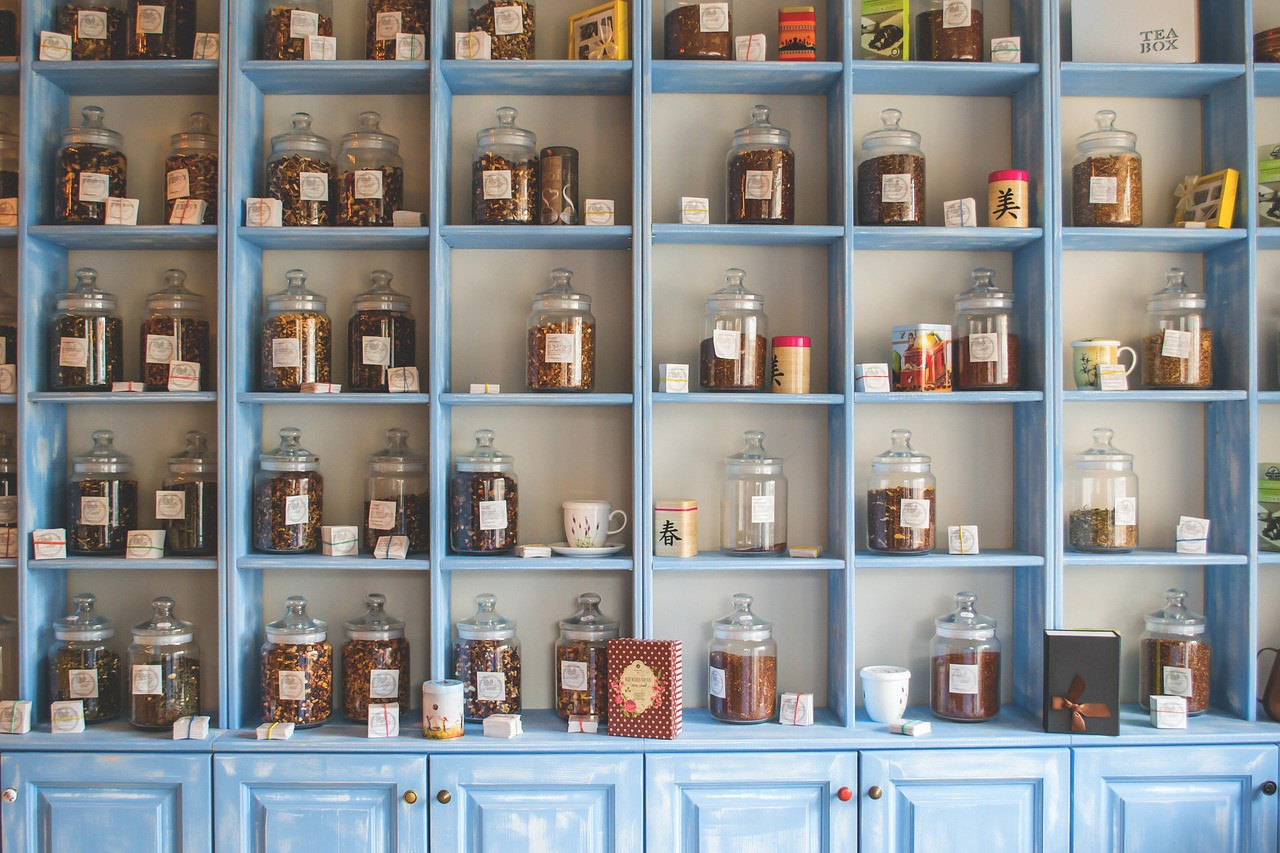
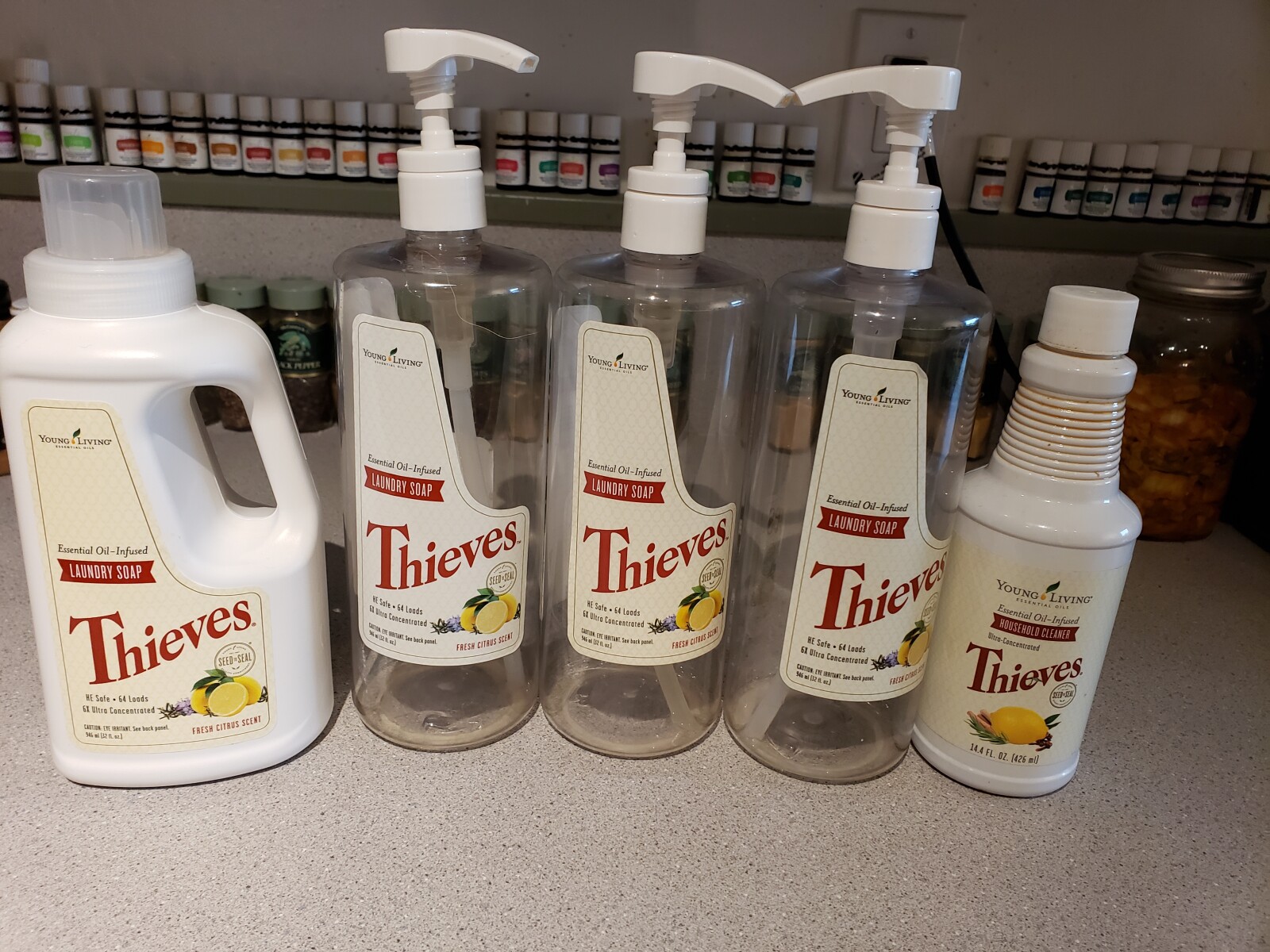


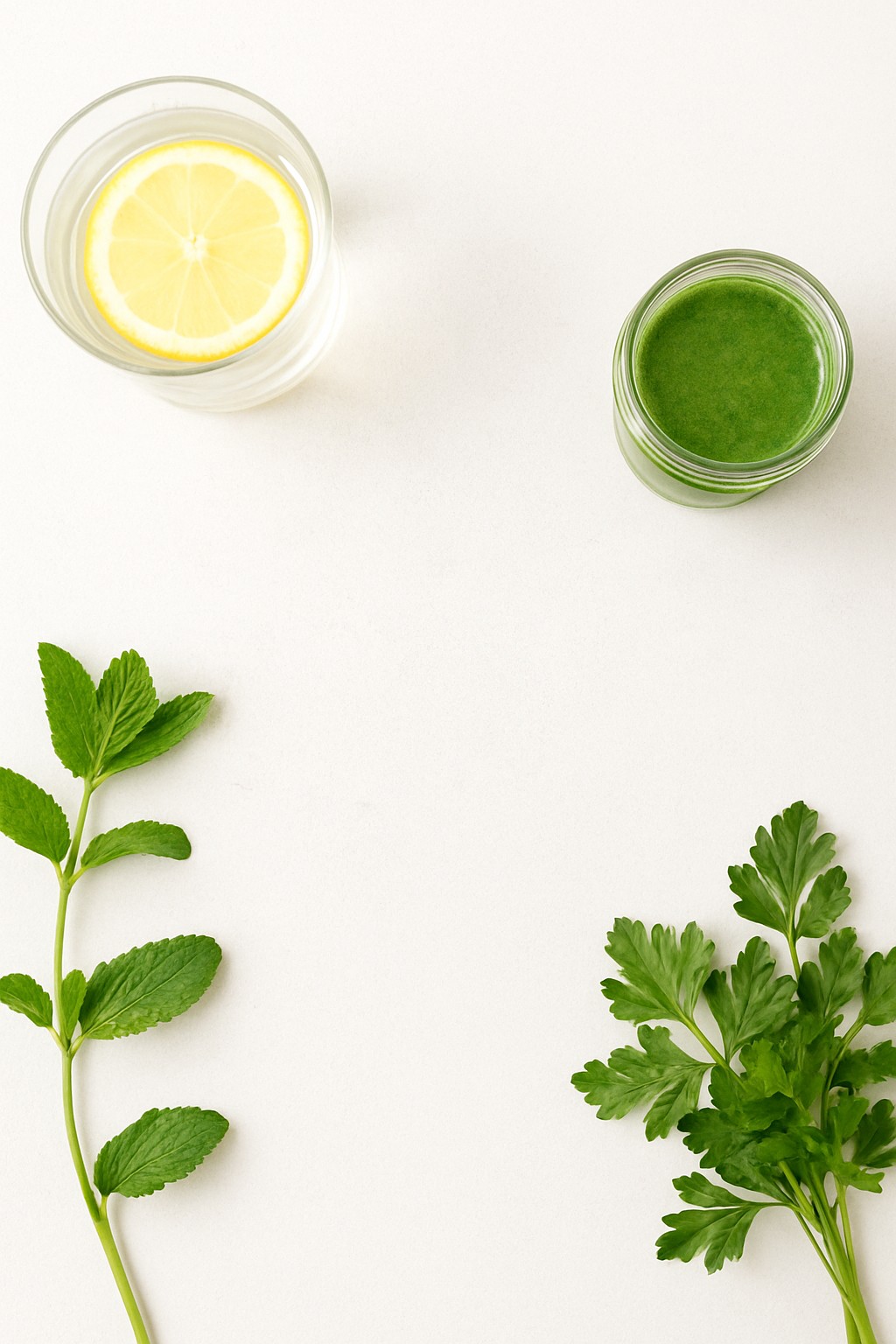

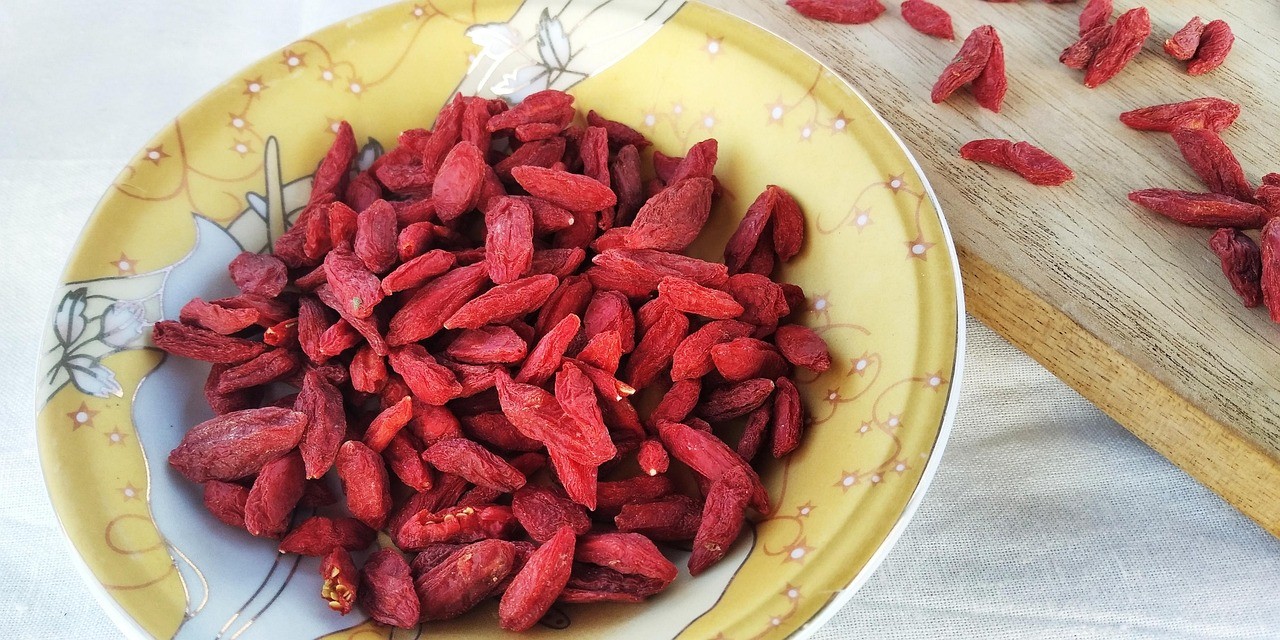
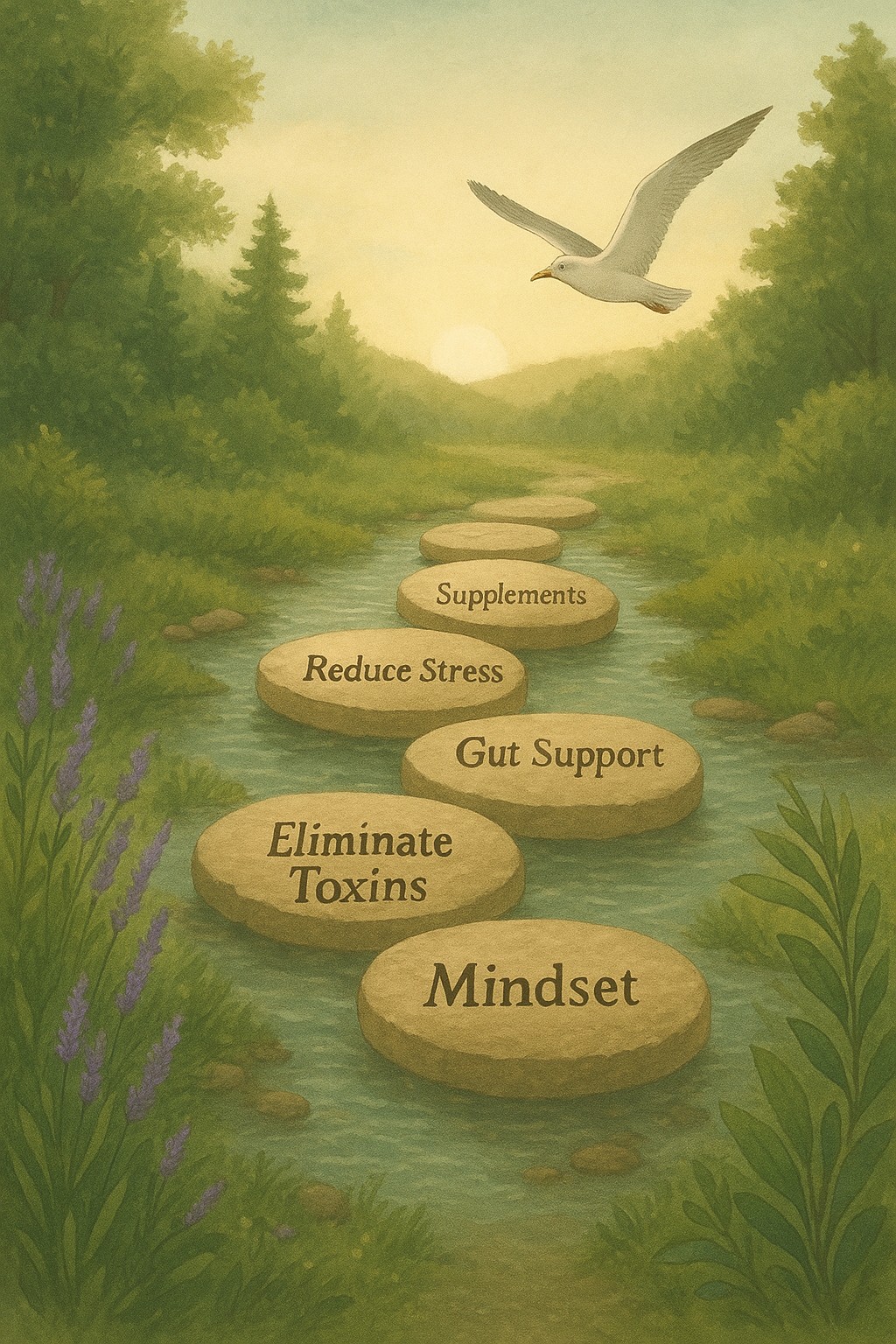

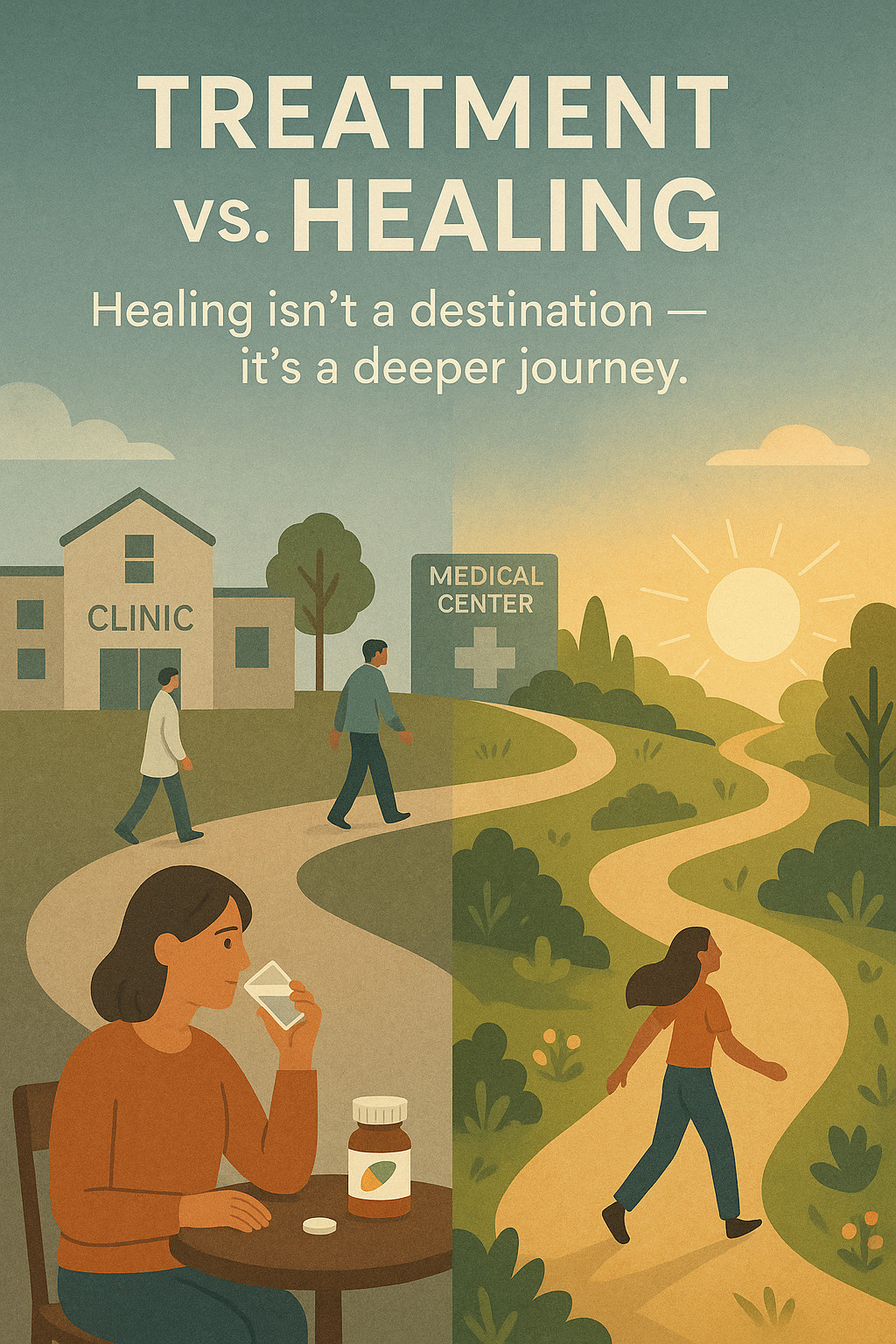

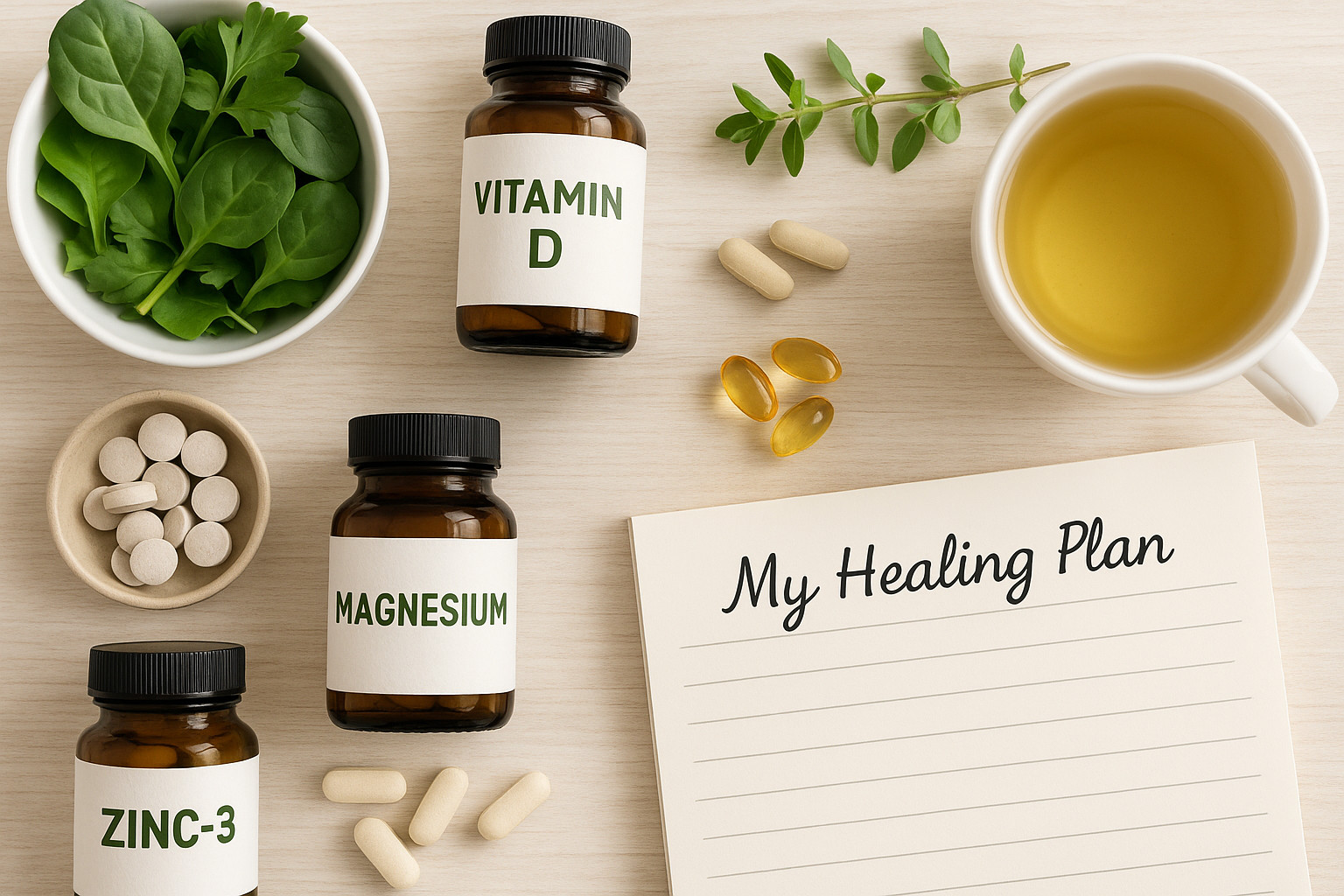
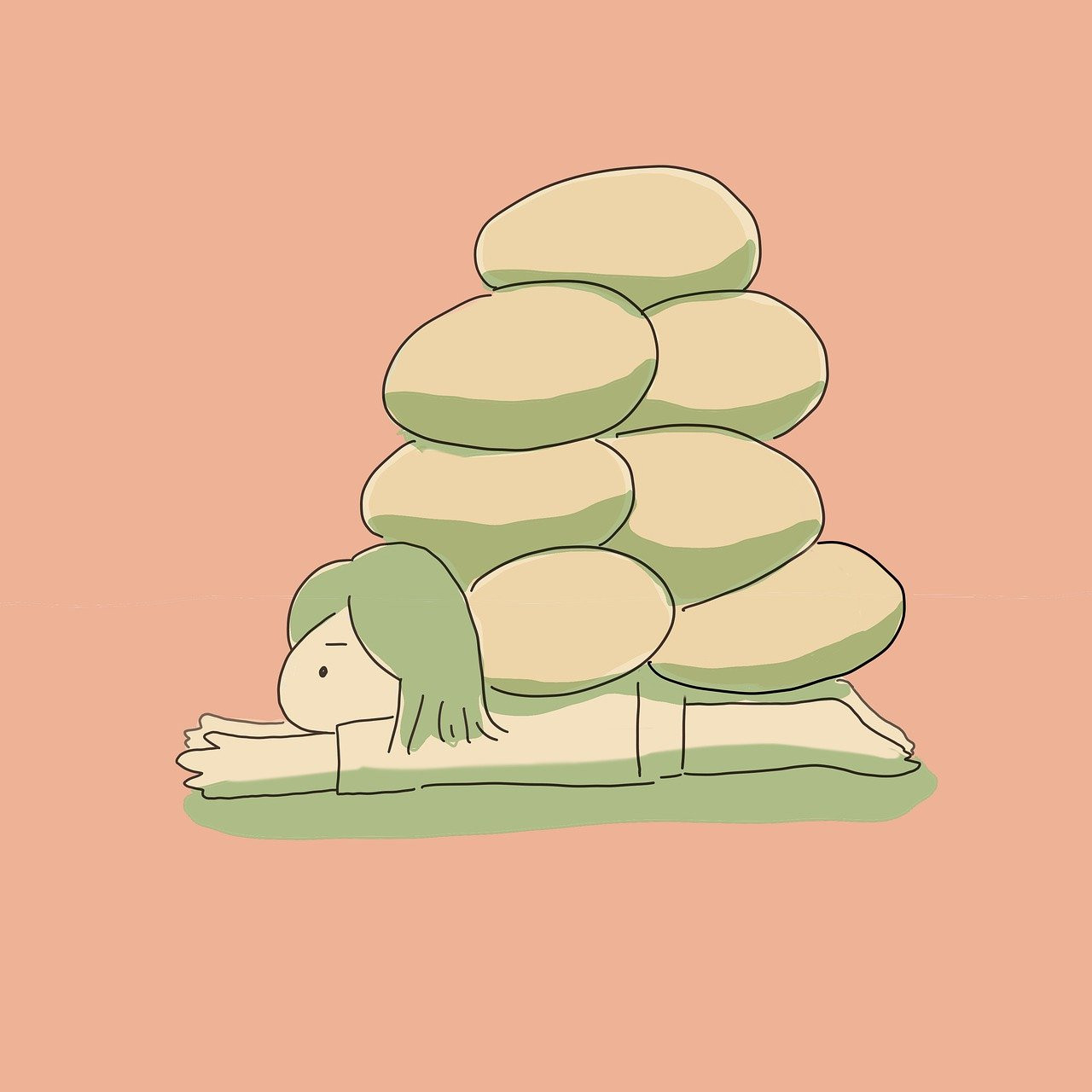

1 Comment